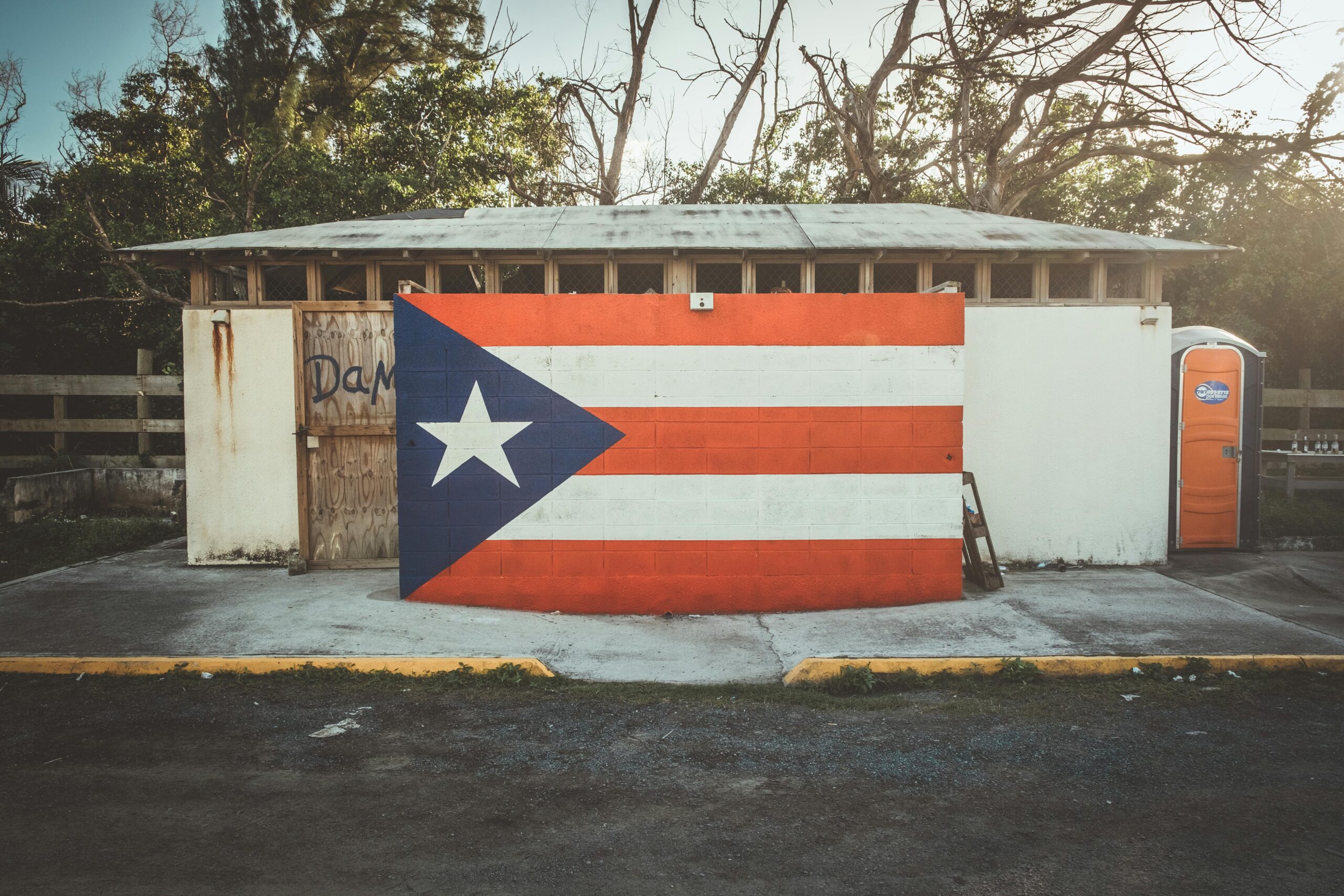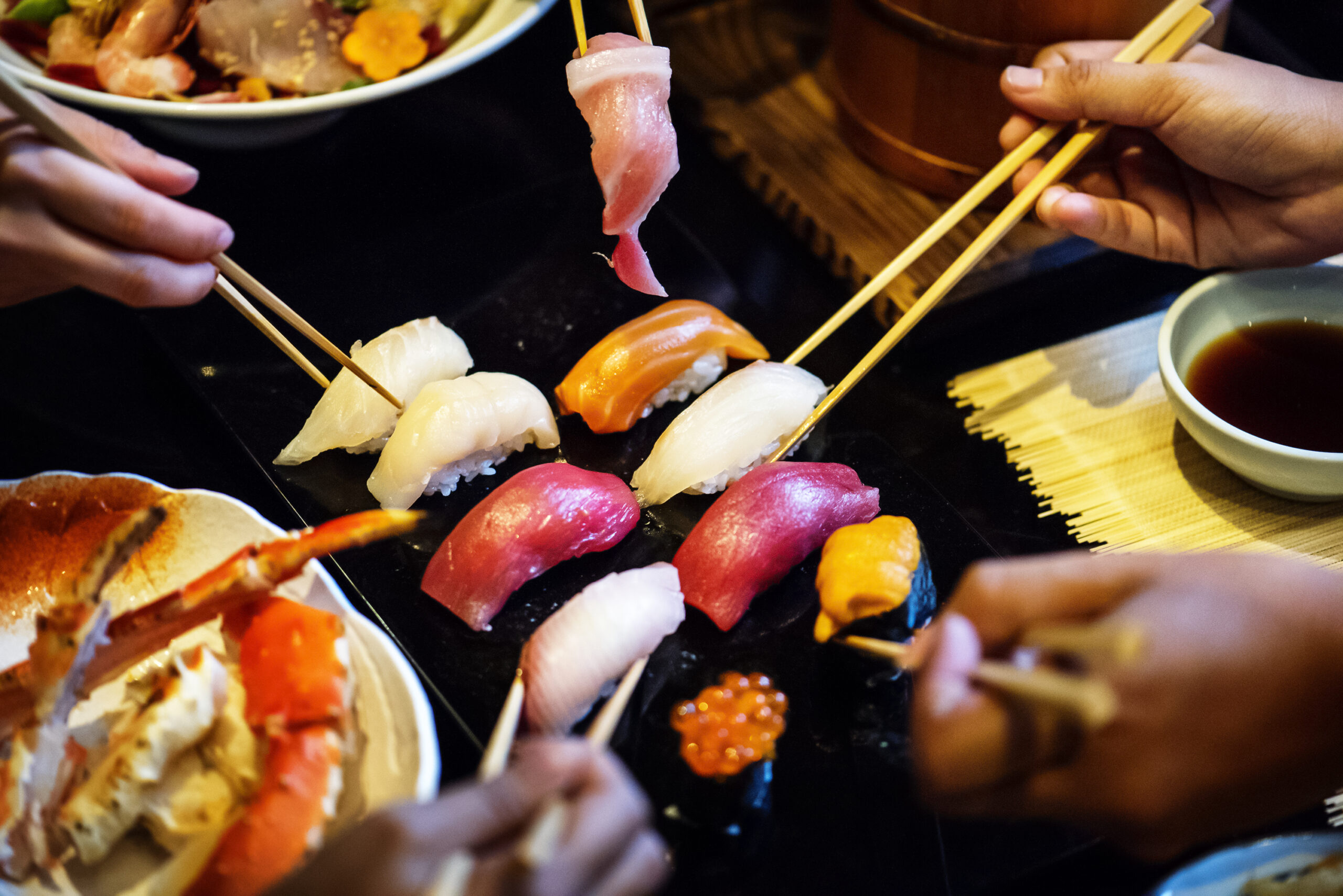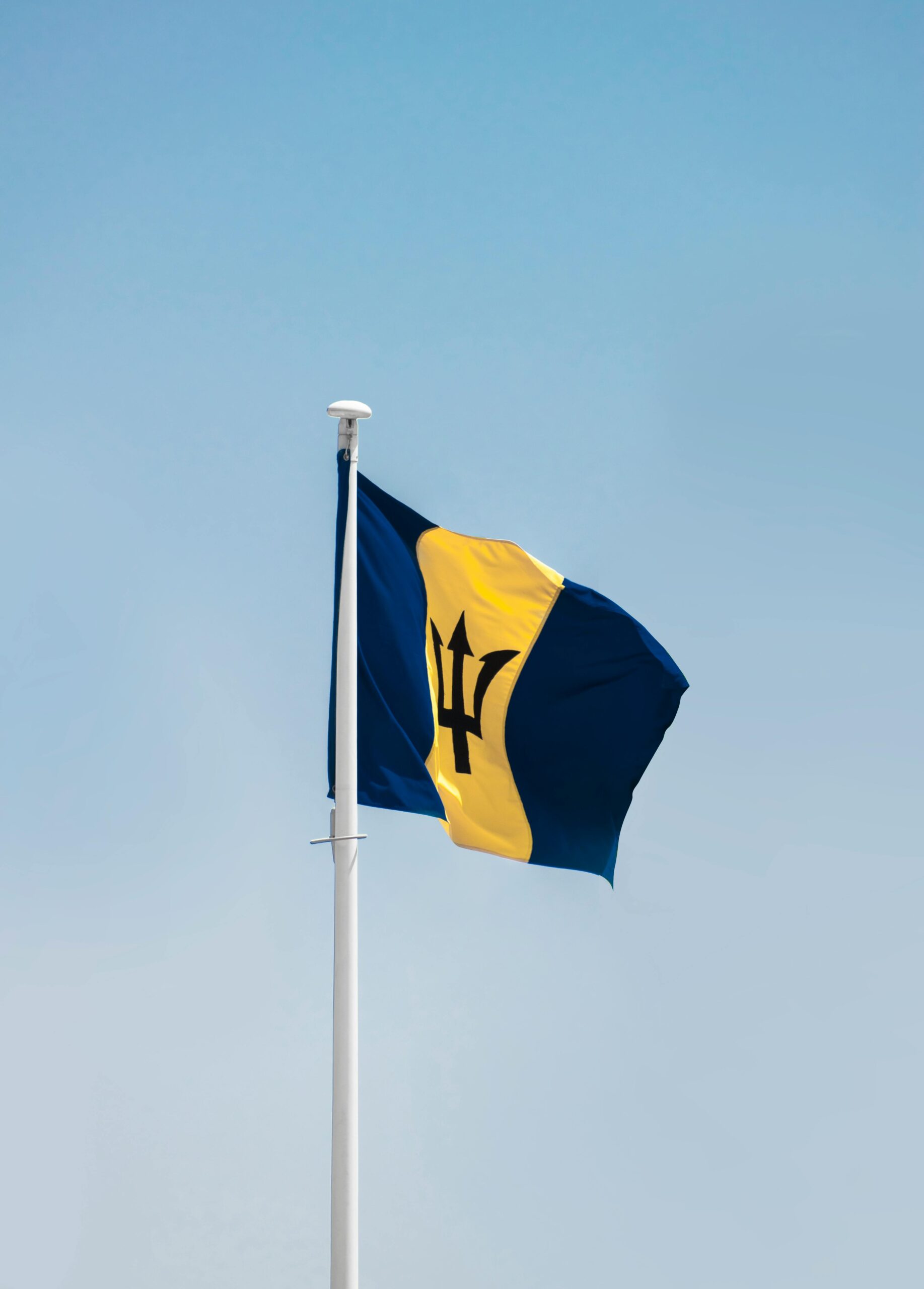Welcome to the beautiful island of Puerto Rico, where history, culture, and natural beauty blend seamlessly. From vibrant cities to pristine beaches and lush rainforests, Puerto...


Welcome to the beautiful island of Puerto Rico, where history, culture, and natural beauty blend seamlessly. From vibrant cities to pristine beaches and lush rainforests, Puerto...

Welcome to Guam, an island paradise in the western Pacific Ocean, known for its stunning beaches, rich Chamorro culture, and vibrant cuisine. Whether you're looking to relax on...

Welcome to Charleston, South Carolina, a city steeped in history, known for its southern charm, hospitality, and rich cultural heritage. From its cobblestone streets to its...

Welcome to San Antonio, a city where history and modernity intertwine, creating a vibrant tapestry of culture, cuisine, and charm. Nestled in the heart of Texas, San Antonio is a...

St. Petersburg, Russia's imperial capital, is a city steeped in history, culture, and architectural splendor. Known as the "Venice of the North," St. Petersburg's network of...

Overview Nestled in the heart of Bavaria, Munich seamlessly blends a rich history with modernity, offering visitors a captivating experience. From its iconic beer gardens to its...

Overview: Johannesburg, the largest city in South Africa, is a vibrant and diverse destination that offers a unique blend of modernity and tradition. From its bustling city...

Cibeles Palace and fountain at the Plaza de Cibeles in Madrid, Spain Overview: Madrid, the vibrant capital of Spain, is a city that seamlessly blends historic charm with modern...

Ibiza, located in the Mediterranean Sea, is one of the Balearic Islands of Spain, known for its stunning beaches, vibrant nightlife, and beautiful countryside. Whether you're...

San Tropez, located on the French Riviera, is a glamorous coastal town known for its stunning beaches, luxurious yachts, and vibrant nightlife. With its picturesque setting, rich...

Tokyo, the bustling capital of Japan, is a city where traditional culture meets modernity. With its neon-lit streets, historic temples, and world-class cuisine, Tokyo offers a...

A breathtaking shot of the Colosseum amphitheatre located in Rome, Italy Welcome to Rome, the Eternal City! With its rich history, stunning architecture, and delicious cuisine,...

Welcome to Barbados, an island paradise known for its stunning beaches, vibrant culture, and warm hospitality. Whether you're seeking a relaxing beach getaway, thrilling water...

Welcome to Ireland, a land of stunning landscapes, rich history, and warm hospitality. Whether you're exploring the bustling streets of Dublin, marveling at the rugged beauty of...

Welcome to the teardrop-shaped island of Sri Lanka, where history, culture, and natural beauty converge to create an unforgettable travel experience. From pristine beaches to...

Australia, the land Down Under, is a continent of vast landscapes, diverse wildlife, and vibrant cultures. From its iconic cities to its breathtaking natural wonders, Australia...

A young female in Giza Necropolis, Egypt Accommodations: Luxury: For a truly indulgent experience, consider staying at one of the luxurious hotels along the Nile River in Cairo...

Welcome to the mesmerizing shores of Cancún, Mexico! Nestled along the turquoise waters of the Caribbean Sea, Cancún is a paradise for sun-seekers, culture enthusiasts, and...

Welcome to the frozen wonderland at the bottom of the world – Antarctica! Often overlooked as a travel destination due to its extreme conditions, Antarctica offers a unique and...

An aerial view of the reflections of the palm trees in the turquoise water of the sea Welcome to the enchanting archipelago of The Bahamas! This tropical paradise, with its...